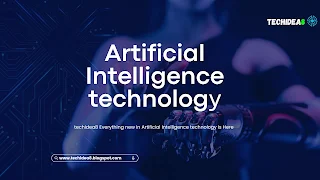In the realm of registering, we normally consider data being put away as ones and zeros - otherwise called double documentation. Nonetheless, in our day to day routine, we utilize ten digits to address every conceivable number. In the twofold framework, the number 9 is composed as 1001 for instance, which would require three extra digits to address exactly the same thing.
The present quantum PCs emerged from this parallel model, yet as a matter of fact, actual frameworks that encode quantum bits (qubits) frequently likewise can encode quantum numbers (qudits), as of late shown by a group drove by Martin Ringbauer at the College of Innsbruck's Branch of Exploratory Physical science. As per trial physicist Pavel Hrmo from ETH Zurich: "The test for qudit-based quantum PCs is to make productive entrapment between high-layered data transporters."
In a review distributed in the diary Nature Correspondences The College of Innsbruck group has now detailed how two codecs can completely trap each other with extraordinary execution, preparing for more productive and strong quantum PCs.
Taking on a similar mindset as a quantum PC
The case of the number 9 shows that while people can work out 9 x 9 = 81 out of one stage, a traditional PC (or mini-computer) should take 1001 x 1001 and do many strides of twofold increase in the background before showing 81 on the screen is capable. Ordinarily, we can bear to do this, however in the quantum world where calculations are intrinsically delicate to outer commotion and irritations, we want to lessen the quantity of tasks expected to take full advantage of the accessible quantum PCs.
Quantum entanglement is crucial to any computational operation on a quantum computer. Entanglement is a unique quantum feature that underpins the potential for quantum computers to significantly outperform classical computers at certain tasks. However, exploiting this potential requires robust and precise high-dimensional entanglement generation.
The natural language of quantum systems
Researchers at the University of Innsbruck have now managed to entangle two codons, each encoded in up to 5 states of individual calcium ions. This gives theoretical and experimental physicists a new tool to bypass binary information processing, which could lead to faster and more powerful quantum computers.
Martin Ringbauer explains: “Quantum systems have many more available states waiting to be used in quantum computing, rather than being restricted to working with qubits.” Many of today’s most challenging problems, in fields as diverse as chemistry, physics, or optimization, can take advantage of this natural language of quantum computing.
The research was financially supported by the Austrian Science Fund FWF, the Austrian Research Promotion Agency FFG, the European Research Council ERC, the European Union and the Confederation of Austrian Industries Tyrol, among others.
